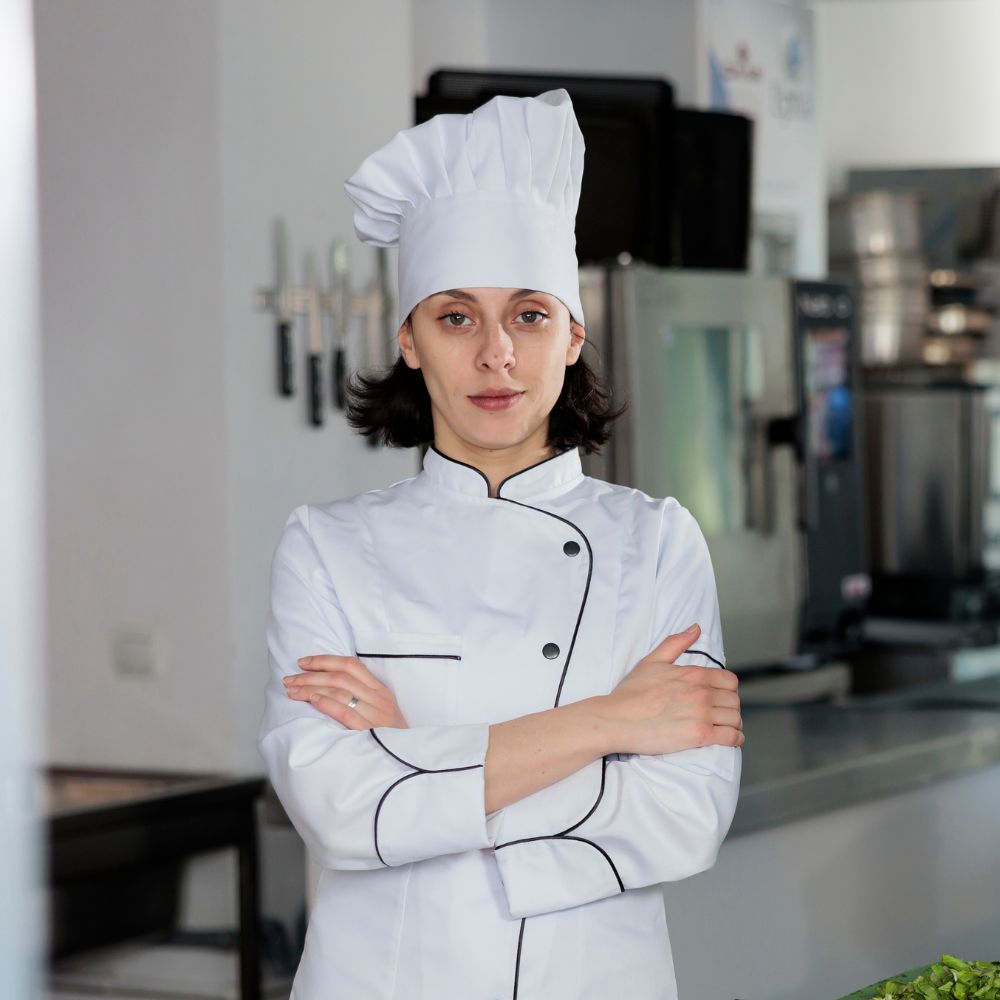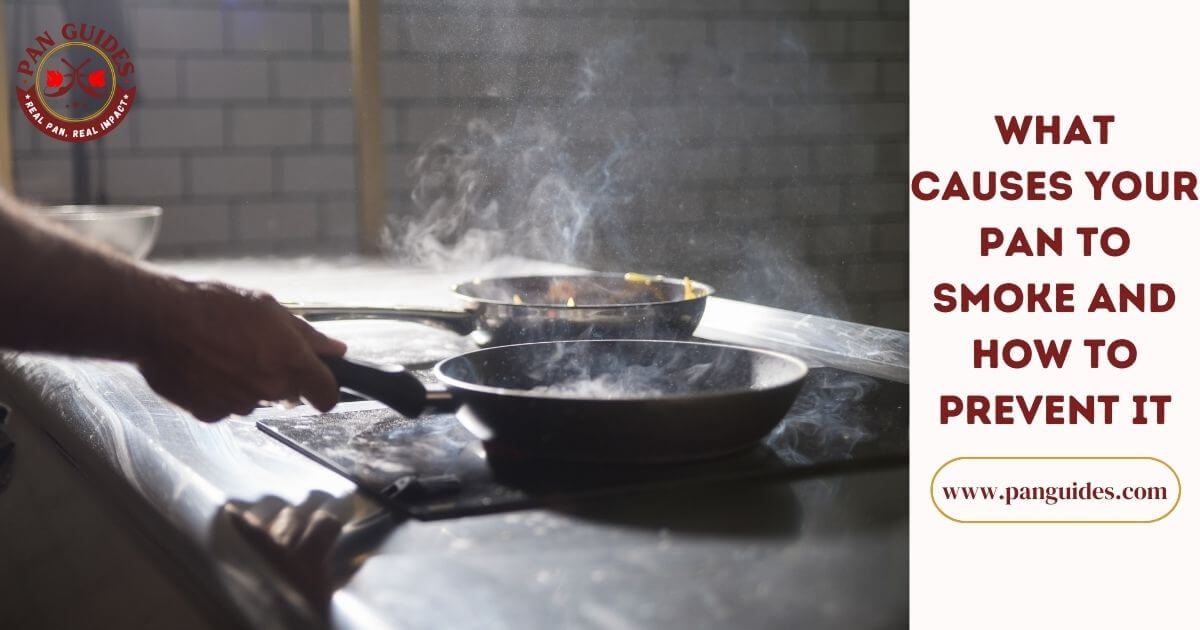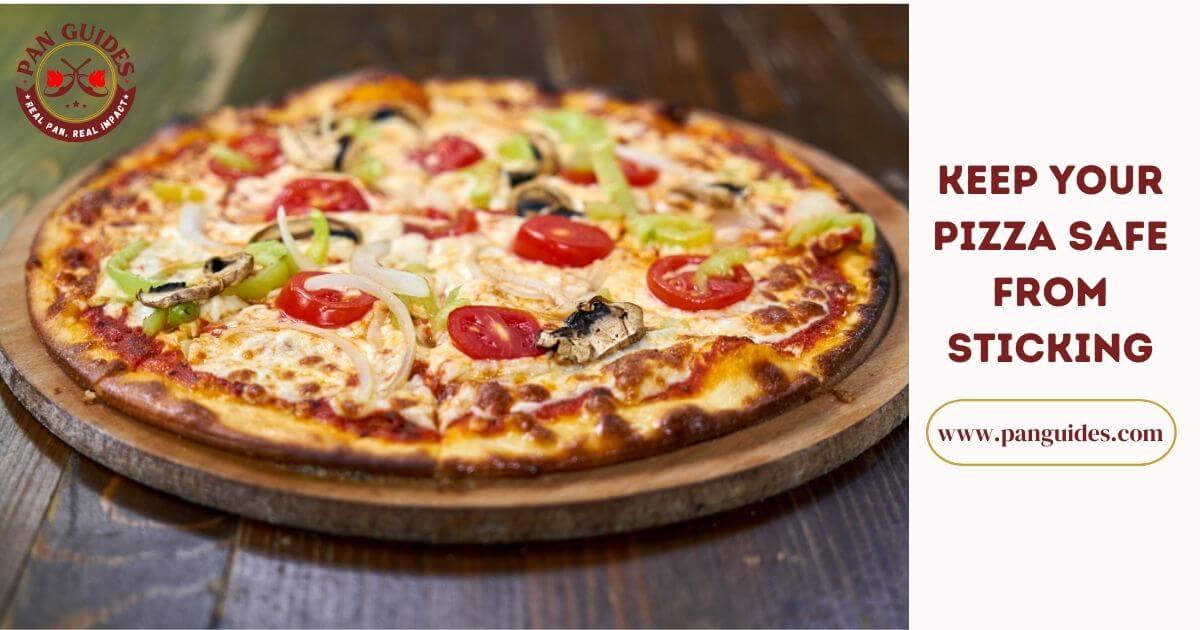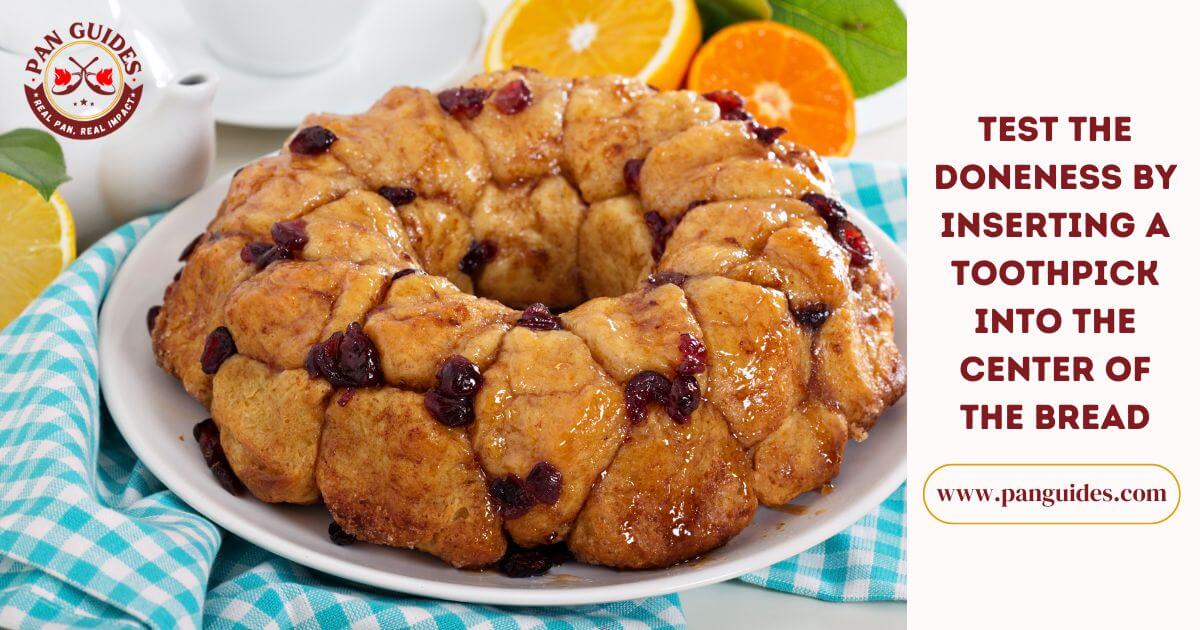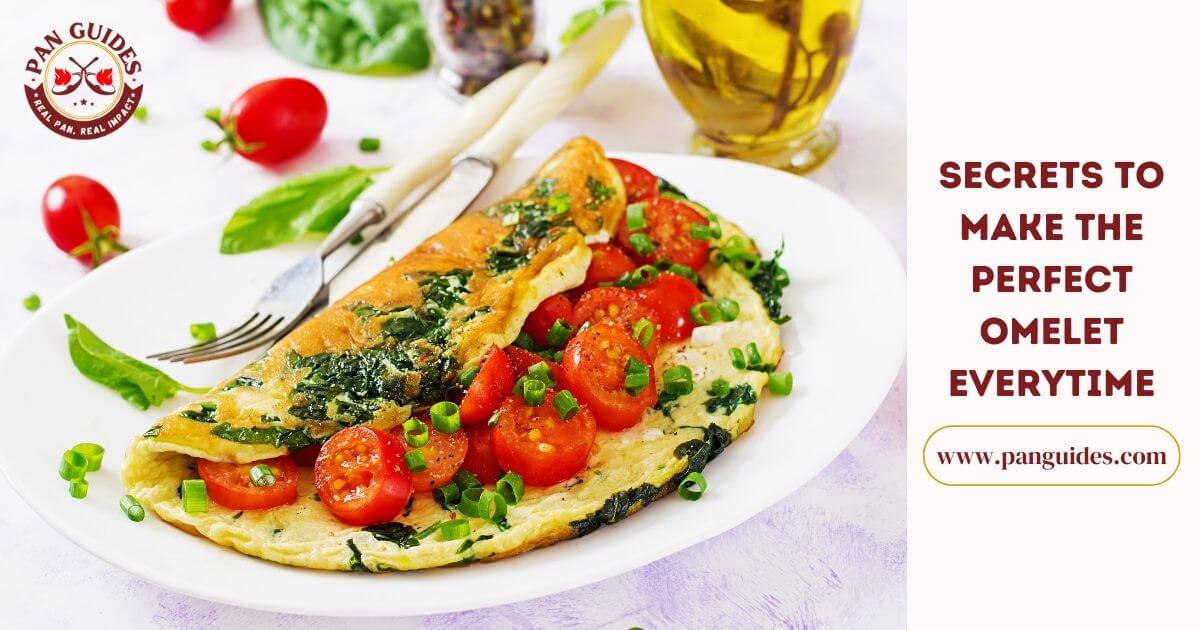It’s 8 pm, you’re starving, and all you can think of is a nice, warm bowl of fluffy rice. You get the pan ready, fill it with rice, and put it on the stove, only to find that when it’s time to serve your food, you have a big, gooey mess with rice sticks to the bottom of the pot! You are left to wonder why does my rice stick to the pan?
It is a common problem that many people face when cooking rice. Cooking rice can be daunting, especially if you’re afraid of it sticking to the pan.
But have no fear! With my extensive experience as a chef, I am here to provide some helpful tips on how to stop the rice from sticking to the pan. Whether you’re making white rice, brown rice, or any other type of rice, these tips will help you prevent the dreaded problem of how to avoid sticky rice.
Why Does My Rice Keep Sticking To The Pan?

Try reducing the heat and stirring more often. Additionally, adding oil to the pan before cooking can help prevent sticking.
I will share my experience to explain why rice keeps sticking to the pan. So, you don’t have to ponder why does my rice stick together.
So, are you here to find a solution for rice sticking to the bottom of the rice cooker? Then stay put!
Not Enough Water
I remember the first time I tried to cook rice. I had done my research and followed all the cooking instructions precisely. But when it came time to serve, nothing would come out of the pan!
I soon realized I had made a common mistake: not adding enough water to the rice.
It was a lesson that has stuck with me for years – one which is incredibly important for home cooks to learn if they want to master cooking rice. Proper water can solve the issue if you are thinking about how to stop the rice from sticking to the pot.
Wrong Heat
Through my years of experience in the kitchen, I’ve discovered that cooking rice at the wrong temperature may spoil even the simplest recipe. It is too easy to let your attention wander while cooking rice on the stovetop, resulting in rice sticking to the bottom of the rice cooker or burning.
Cleanliness
Keeping your pans clean is crucial. You will soon discover that your rice will cling to the pan if you do not take the time to clean it well before using it again. Also, keep it dry with a kitchen towel.
Cleaning will ease the problem even when basmati rice sticks to the pan.
How To Prevent Rice From Sticking To The Pan?

Now you know why does my rice stick to the pan; now let’s talk about how to prevent it!
To prevent the rice from sticking to the pan, use a nonstick pan and coat it lightly with oil before adding the rice. Ensure the pan is hot before adding the rice, and stir it constantly while the cooking process. Cooking rice without it sticking to the pan is easier than you might think.
So, you might wonder why rice sticks to the bottom of my rice cooker. Rice can stick to a pan if cooked at too high of a temperature or too long.
Some might ask, does lemon juice keep rice from sticking to this issue? Though, there is no proper answer to that particular question. It might work; you can give it a try to keep fried rice from sticking to the pan!
Soak And Rinse The Rice
I always soak and rinse my rice before cooking, making a difference. I discovered this method years ago while experimenting in the kitchen and haven’t looked back since!
Use Nonstick Pan
To ensure perfect fluffy rice every time, I always use a nonstick pan. A nonstick pan can also prevent omelette from sticking to the pan. This simple trick has saved me from countless kitchen disasters and ensures that my rice turns out perfectly cooked and loses none of its flavors.
A nonstick pan can give you a solution when you wonder how to keep fried rice from sticking to the pan.
Monitor Heat
Cooking rice correctly is an art form. It requires delicate to heat and liquid ratio monitoring to achieve the perfect fluffy result. If you ensure the cooking, you don’t have to worry about keeping rice from sticking in the fridge or how to stop brown rice from sticking.
Even if you monitor the heat at a simmer, you don’t have to worry about stopping the rice from boiling over too.
Is The Sticking Of Rice To The Pan A Common Occurrence?
Why does my rice stick to the pan? Is it normal? The high heat used to cook food can cause small pieces of food, such as rice grains, to stick together or to metal pots and pans. It is common for some cooked rice to stick to pans, especially when cooking large batches.
People always wonder why my rice is sticky and mushy. To prevent this from happening, use low heat so the rice does not burn and create a sticky residue on your cookware.
Additionally, using a nonstick cooking spray or adding oil before cooking can help keep your rice from sticking too much. Even searching with the term rice sticks to the bottom of rice cooker Reddit may give you an overall idea too.
What Are The techniques For Preparing Rice To Prevent Sticking??
The key lies in the preparation and timing of cooking.
- First, rinse your uncooked rice thoroughly with cold water until the water runs clear. This will help remove any excess starch from the surface of each long grain so they won’t stick together while cooking.
- Secondly, use twice as much liquid as uncooked rice when boiling on the stovetop – that will absorb enough moisture or excess moisture while retaining its shape.
- Finally, turn off the heat after 10 minutes when boiling and let your cooked rice sit for at least 5 minutes before serving – this will give it time to steam and finish cooking evenly throughout.
Is It Possible To Cook Rice Using A Non-stick Pan?
Yes! While many home chefs swear by their traditional stainless steel or ceramic pots, it is possible to cook delicious rice in a nonstick pan.
Using a nonstick pan to cook rice has its pros and cons. On the one hand, the convenience of using just one pan for both stovetop cooking and serving makes it easier to move from prep to presentation without transferring dishes.
What Is The Method For Cooking Rice In A Stainless Steel Pan Without Sticking?
Cooking rice in a stainless steel pan can be tricky. Rice tends to stick, which can ruin the flavor and texture of your dish. Fortunately, some simple methods exist to make rice not stick in a stainless steel pan.
First, always start with preheated oil or butter in the pan before adding your rice. This will prevent sticking by creating a barrier between the grains and the pan surface.
Add the rinsed rice and water to the pan, keeping the rice in a single layer. The water should be measured correctly so that it does not boil over. Next, Cover the pan with a lid and turn the heat down to low. Let the rice simmer until all the water is absorbed, which usually takes about 15-20 minutes.
Once the water has been absorbed, fluff the rice with a fork and serve.
Which Type Of Pan Is Most Suitable For Cooking Rice?

When deciding on a pan for cooking rice, there are three main types: nonstick pans, stainless steel pans, and cast iron skillets.
- Nonstick pans ensure your rice is not sticky and doesn’t stick to the bottom of the pot; however, their plating may wear off over time, making them less durable.
- Stainless steel pans are durable and heat evenly, making them great for cooking any rice dish.
- The heavy-duty construction of a cast iron pan ensures even heat distribution throughout the entire surface. It allows every grain of rice to be cooked evenly and perfectly.
Many people prefer to cook rice in stainless steel or aluminum pots due to the seamless distribution of heat, the ease of cleaning, and to ensure rice’s original flavor.
What Is The Best Method To Cook Rice In A Pan?
White rice is one of the most common types of rice and can be cooked in either a pot or a rice cook’s pan. In a pot, bring water to a boil before adding the appropriate white rice and stirring until all grains are submerged.
Once boiling resumes, reduce heat to low and cover with lid for about 15 minutes or until desired tenderness.
For those who prefer a hands-off approach, using a standard electric-powered or microwaveable rice cooker will yield perfectly cooked white rice every time with minimal effort! You need to understand that cooking methods can solve how to prevent the rice from sticking to the pot.
Conclusion
The key to perfect rice is understanding why does my rice stick to the pan in the first place. We now know that this can happen for various reasons, from too much heat and not enough Water to not stirring or flipping the grains during cooking.
With this knowledge, we can all enjoy perfectly cooked rice with ease! Always remember to rinse your rice beforehand, control your temperature and not forget about stirring or flipping your grains. Thus you can prevent rice sticks in the pot.
Frequently Asked Questions
I tried to answer some of the most asked questions regarding rice sticking to the pot and how to make rice not stick together.
How do you keep rice from sticking to the pan?
All you require is a quick rinsing and soaking before you go to work in the kitchen. Get the right amount of Water in there, and then keep the heat steady.
Why does my rice stick?
When rice is delivered, grains tumble about and scrape against one another; part of the exterior extra starch scratches off. After being dusted with starch, the rice is dropped into boiling Water, where the starch expands and the rice becomes sticky.
How do you cook rice in a stainless steel pan without sticking?
Keeping rice from clinging to stainless steel cookware is as simple as heating it over low heat. The dish will cook more uniformly and keep more of its taste, and cleanup will be a breeze. So, does rice stick to stainless steel? Not necessarily; you can coat it with the oil to prevent it from sticking.
What is the Water to rice ratio?
The water-to-rice ratio depends on the type of rice you are cooking. For long-grain white rice, the ratio is 2 cups of water to 1 cup of rice. For short-grain white rice, the ratio is 1.5 cups of Water to 1 cup of rice. For brown rice, the ratio is 2.5 cups of Water to 1 cup of rice.
Do you cover rice when cooking?
It depends on the type of rice you are cooking. Generally, it’s best to keep the tight-fitting lid off and often stir while cooking white rice. This helps prevent it from becoming sticky or mushy. Brown rice may require a lid to help steam the grains and make them fluffy.
How long should you cook rice on the stove?
Generally, white rice should be cooked for about 15-20 minutes, while brown rice will take a bit longer, usually 25-30 minutes.
How do you tell when rice is done?
Rice is done when it has absorbed all of the Water and is tender. To test this, poke a grain with a fork or wooden spoon. If it’s soft, the rice is done. You can also taste it to make sure it’s cooked through.
Should you uncover rice after cooking?
Yes, it would be best if you uncovered rice after cooking. Uncovering the rice will help it to become drier and fluffier. It also helps the steam evaporate, preventing the rice from becoming soggy.
Do you wait for the Water to boil before adding rice?
Yes, you can wait for the water to come to a full boil before adding the rice. Also, many people add Water and rice together to cook rice.
How can you tell if rice is overcooked or undercooked?
If the rice is overcooked, it will be soft and mushy. If it’s undercooked, it will be hard and chewy. You can also tell by tasting a few rice grains – overcooked rice will taste very soft, while undercooked rice will have a firmer texture.

